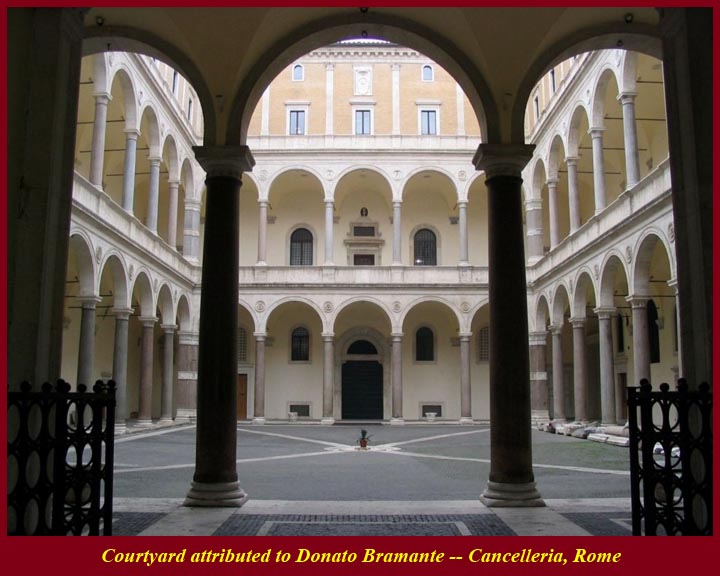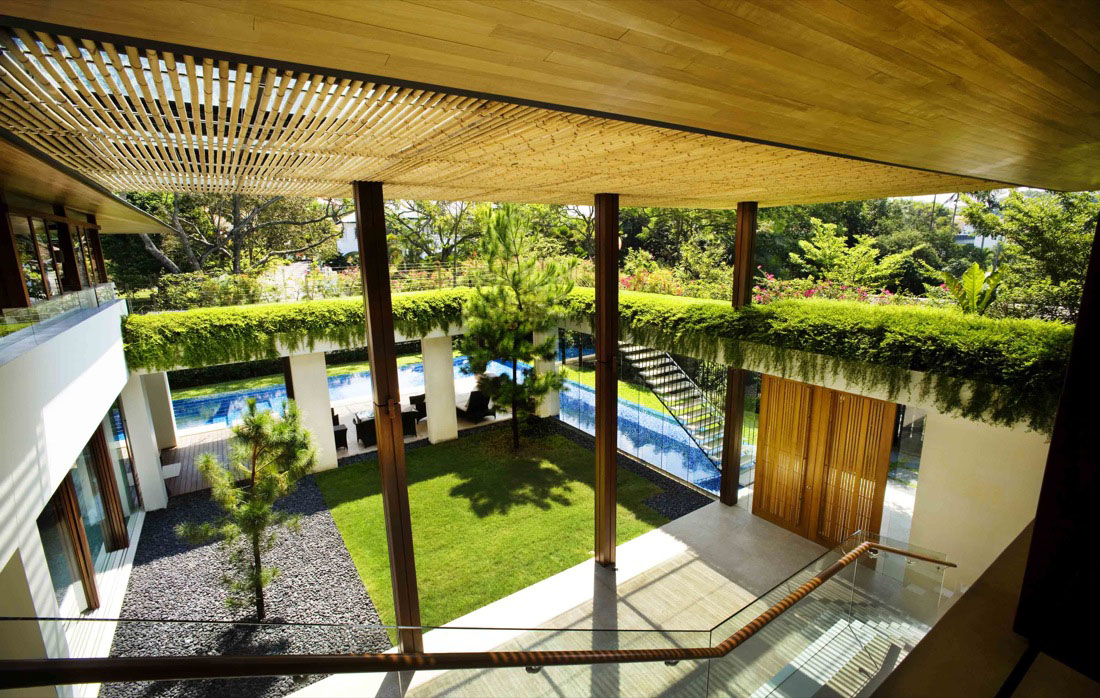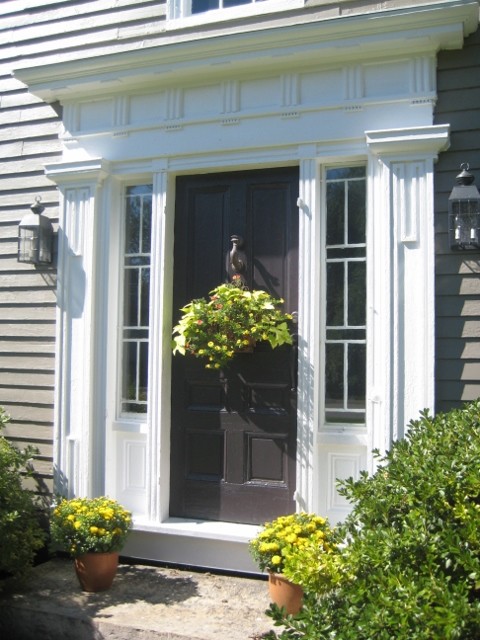The Italian Renaissance was a period of rebirth of architecture and various art forms. The movement began in Florence, Italy and lasted from around 1400-1600 A.D. Classical forms were refined and adapted for new uses, and one of the main goals of this period was to furnish the beautiful Gothic and Romanesque interiors that had been created in the past.
There was a shift from a religious emphasis to more of a secular emphasis in life, because the Roman Catholic church had become very powerful and corrupt. The church had played an important role in the feudal system (based on the allegiances between lords and vassals). However, the Renaissance brought about a new way of thinking, based more on monetary values than on prior allegiances.
Extra Credit: This link does a nice job of describing that shift from a religious system to a secular system. It also has information about many other aspects of the Italian Renaissance period.
http://www.all-about-renaissance-faires.com/renaissance_info/catholic_church_in_the_renaissance.htm
Daily life became more about client based relationships. Artisans were hired on a long-term basis to create works of art, architecture, and furniture. Some of the most well known artists of all time were creating their works during this period. Those included Brunelleschi, Michelangelo, Donatello, Da Vinci, and Raphael, just to name a few. The art and architecture had an emphasis on the horizontal and symmetry. Art was very humanistic in nature and often consisted of human figures and scenes of human life or stories of the Bible and the Heavens.
 |
| Michelangelo's Last Judgment; 1537-1541; Fresco; Sistine Chapel, Vatican |
 |
| Donatello's High Altar of St. Anthony; 1447-1450; Bronze; St. Antonio Basilica, Padua |
Comfort, convenience and beauty became important to people, rather than safety, strength and protection. Everyone, from the rich to the poor, enjoyed art and residential design became popular. The most well known form of residential architecture from this time is the Palazzo. The Palazzo focused on repetition, alternation and progression. The defining features of Palazzos include; three divisions, compound windows, and a heavy projected cornice.
 |
| Palazzo Nuovo, Capitoline Hill, Rome, Italy |
They also had an interior courtyard, like those seen in the Roman domus. There were no hallways, living was down on the 2nd and 3rd floors, as the 1st floor was often where business was conducted.
 |
| Interior Courtyard |
Current Day Application:
 |
| Interior Courtyard in modern home |
 |
| Interior Courtyard in modern home |
 |
| Modern home with elements of the Renaissance Palazzo Heavy cornice, divisions |
 |
| Heavy Cornice style entrance |
No comments:
Post a Comment